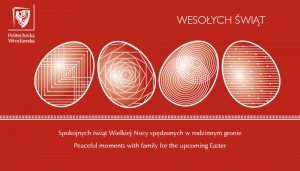Warto przeczytać cały artykuł. Zaczyna się od zabawnego pytania: czy gekony (które chodzą po prawie wszystkim) mogą chodzić po teflonie. A po mokrym teflonie (czy może raczej teflonie, który znajduje się pod wodą)?
I jak zwykle: eksperyment, wnioski. Jedno jest inaczej niż u nas: pytanie jak tę wiedzę wykorzystać…
“OK, buddy, how about this one: Can you walk on Teflon?”
The answer: not very well. The popular DuPont nonstick product not only resists cheese omelets, but it also presented a significant challenge to the hairy toes of the gecko.
via If you throw a gecko at Teflon, will he stick? UA researchers found the answer – Local – Ohio.

